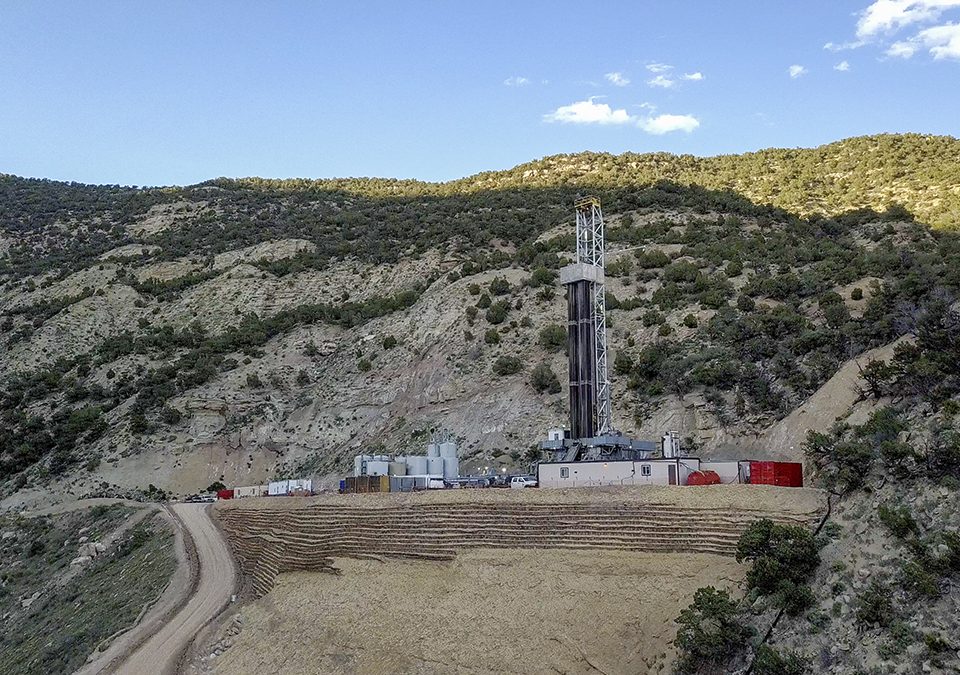Texas Wind Power Is Not So Powerful
Wind Drives Growing Use of Batteries
July 27, 2010WSJ Editorial on EPA Regulations
November 23, 2010This week, the Electric Reliability Council of Texas (ERCOT), which regulates the flow of electricity to 21 million consumers in the state, released some startling data about Texas’s power usage and the role of wind.
What did we learn?
We learned that wind power is simply not a reliable source of energy - even in a state like Texas, which has spent more money on wind electricity generation than any other state in the country.
Texas is capable of producing 9,317 megawatts of electricity from their wind turbines. Using the American Wind Energy Association’s calculations, Texas has invested billions into its wind energy plants, as well as a ton of transmission lines to help move that power from less populated areas where the wind does blow, to the urban areas where the majority of the people actually live. The state should be well prepared for any electricity crisis, including summer heat spells.
On August 10, Texas’s wind power was put to the test when the state set a new electricity demand record with 63,830 megawatts between 4:00-5:00pm central standard time.The record-breaking high temperatures across the state drove that demand.
However, only 12.9%of the total wind potential could be relied upon in this time of record demand. Put another way, only 1.9% of the electricity used during this time of record demand was generated from wind energy.
Thus, the majority of the billions spent on wind energy in Texas sat idle and didn’t provide the residents with electricity needed to keep their air conditioning on during their time of need.
In the late afternoon in the summer, the wind usually just doesn’t blow in many areas of the country. As a result, those wind turbines produce far less power than they are capable of producing. In this industry, that is called being an “intermittent source.” And that was the case here. On a day when Texans needed to use record levels of electricity to keep cool, the wind power they have built just could not be relied upon to produce the power they so desperately needed.
Luckily, Texas still relies on other sources like nuclear, natural gas, and coal, so Texans still had power. But, if the state relied more heavily on its expensive wind power, it’s likely that many Texans would have faced power outages during a time of extreme need.
I’m not discounting the use of wind energy completely. If certain states or consumers can reliably and affordably incorporate wind energy into their portfolios, they should do so. But, it’s obvious that if wind energy won’t work as a reliable, primary (or baseload) source of power for a state that has invested billions in their wind energy infrastructure, it certainly won’t work for areas of the country that don’t have the same access to the renewable power sources as Texas has.
The energy debate in the U.S. Senate may be dead (for now), but it’s still important to keep in mind that a federal renewable energy standard would be a bad idea. Sometimes, those renewable power sources just can’t be counted on to keep your lights on and your homes cool.
You can see the press release that the folks in Texas who manage their electric grid, ERCOT, put out highlighting their peak energy usage this week here: http://www.ercot.com/news/press_releases/2010/nr-08-10-10.

